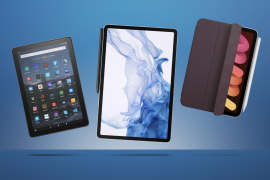Insta360 Air review
One of the better VR video recorders comes to Android...
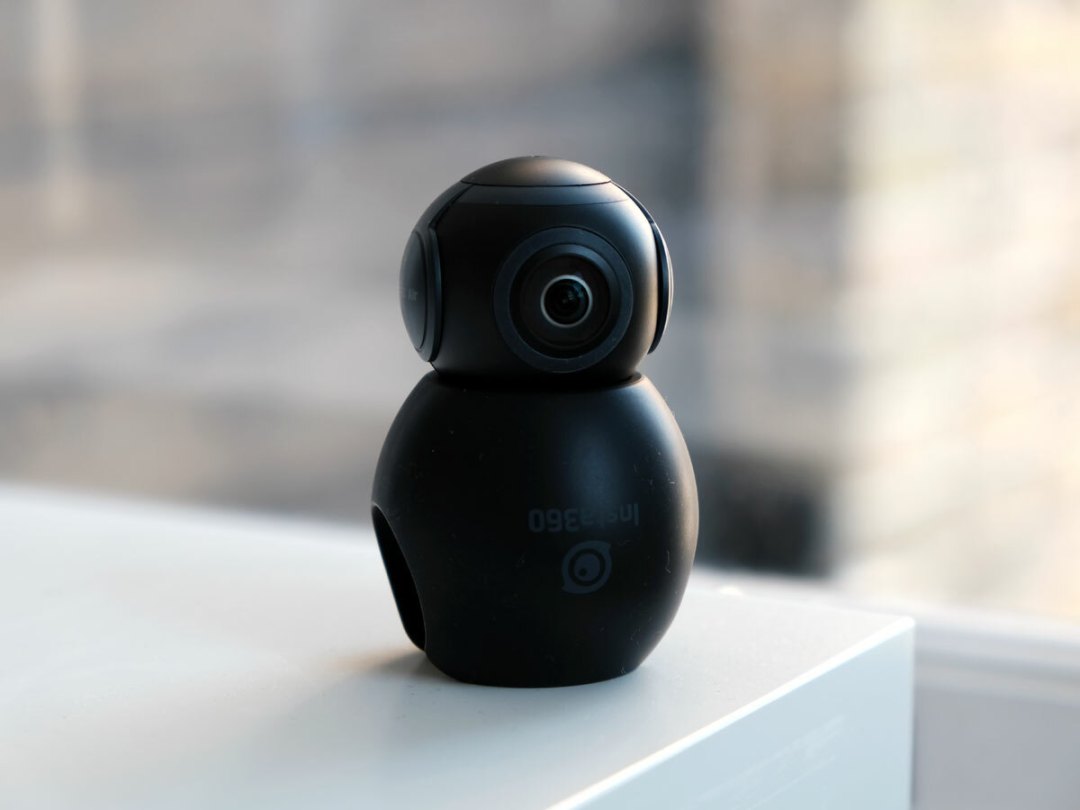
If there’s a “perfect” gadget for recording 360-degree videos, we haven’t seen it yet – everything is either too fiddly, too expensive, too unwieldy or too underpowered to be considered a must-buy choice. But there are several devices that come within spitting distance of greatness.
The Insta360 Nano, released last year, is one such gizmo. It’s a tiny and not unreasonably priced smartphone add-on that make taking 360 photos and videos a piece of cake. The downside? It only works on Lightning port-equipped iPhones.
Lest you thought Insta360 had forgotten all about Android users, the company has just launched the Air, which’ll fit any Android device with a USB-C or microUSB port. While looking markedly different from the Nano, it’s similarly priced and specced. So, does it perform just as well as its Apple-only cousin?
Insta360 design: pocket-friendly ball
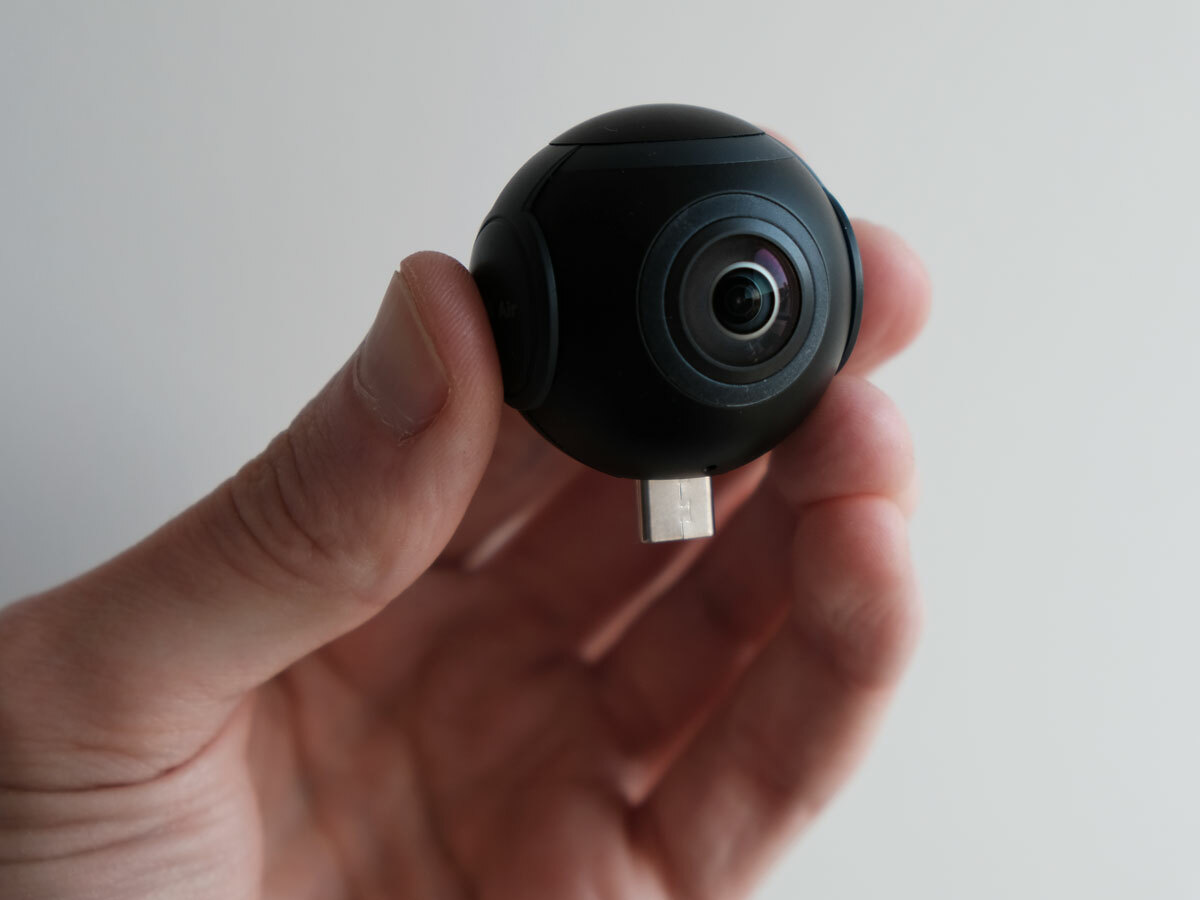
Aside from its Android leanings, the chief difference between the Air and the Nano is its shape. While the Nano was long and rectangular, the Air is a lightweight, compact sphere; very pocket-friendly, it has to be said.
Available in four colour finishes – my black review sample being the soberest of the lot – it’s solidly built, but with camera lenses on two sides has a tendency to attract fingerprints whenever you grab it.
To save those lenses from getting scratched, it comes supplied with a rubber case, which means you can toss the Air in your pocket or a bag without fear of your house keys doing a number on it.
Insta360 controls: losing the connection
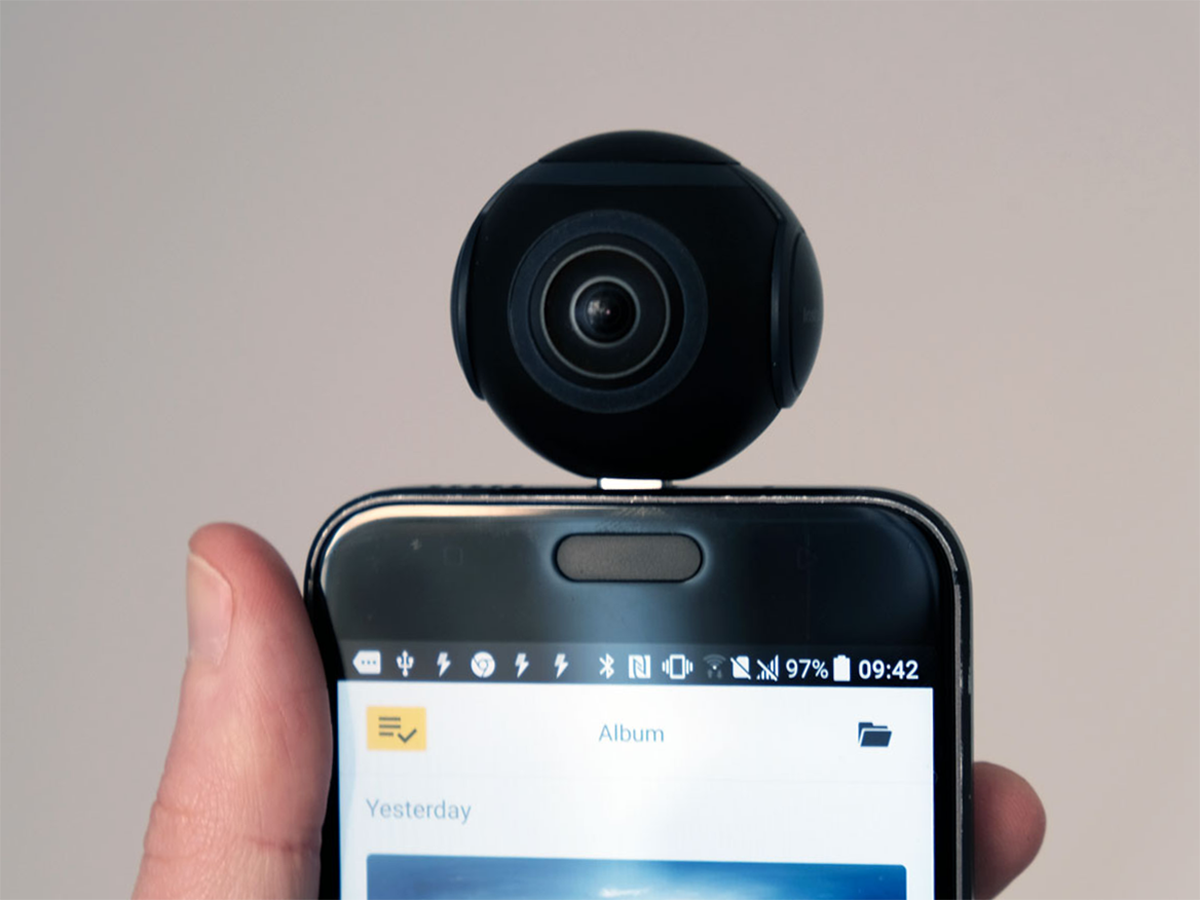
There are no controls at all on the Air, which is another difference from the Nano. The Nano has a button, allowing you to trigger video or photo capture even when it’s not mounted on your iPhone, but the Air needs to be controlled entirely from its companion app while physically attached to its companion device (there’s no Bluetooth or other wireless connectivity either).
There are USB-C and microUSB versions of the Air, so you’re covered whatever flavour of port your phone uses; this also handles charging duties. Download the Insta360 Air companion app from Google Play and, whenever you whack the Air onto your phone (you’ll need to turn your handset upside down for this), the app will start up and you’ll be able to start capturing footage.
Using an HTC 10 as my test device, I found that the Air’s USB-C plug didn’t fit as snugly as it should. There was a slight wobble in the link, which caused the phone and the Air to become periodically disconnected. This could be set off by slight movements, which is far from ideal for a product that you’ll frequently be using while walking around.
Perhaps the microUSB version is a little more robust, or the USB-C port on handsets other than the HTC 10 gives a tighter fit, but in my personal experience I found this quirk more than a little frustrating.
Cam we fix this?
The Air’s charging cable is a thick, stiff metal lead that can be bent into shape at will. Why? Well, because the Air can be used as a 360-degree webcam for your computer, for which the cable forms a sort of tripod; just hook it up to one of your Windows PC’s USB ports (a Mac version is “coming soon”) and download the software, and you can treat your friends and family to a live 360-degree view of your living room. For some reason. Anyway, being a Mac user, I wasn’t able to try it out for myself, but it’s a rare instance of the Air having a feature that wasn’t available in the Nano.
Insta360 Air performance: made for the small screen
The Insta360 Air app is a fairly simple affair comprising both a camera mode and a playback mode. The camera mode allows you to make minor tweaks to a few settings (exposure compensation being the only one that’ll really affect results) but simplicity is really the watchword here: just point and shoot and the Air’s twin cameras capture the footage or photos, then the app stitches everything together.
It does so pretty well. Yes, you can easily spot the joins if you’re looking for them, but given that it’s going to be nigh-on impossible to deliver an auto-stitched panoramic image, I can’t really criticise the Air’s workings here.
As for the quality of the stills and videos? Well, they’re absolutely acceptable for a product in this price range, but they’re not going to blow anybody away: you’ll spot purple fringing around high-contrast parts of any image; images with a wide dynamic range will have parts under- or overexposed (or more likely, both); strong light sources cause huge amounts of flare; and there’s an overall lack of sharpness. Use the Air at night or indoors, meanwhile, and your pics and vids are likely to be awash with detail-killing grain and noise.
The Air and its app support a range of sharing features, including live 360-degree broadcasts via YouTube or Facebook. Getting our 360-degreee videos off our HTC 10 was a bit of a faff, but once imported into the Insta360 Studio (a free editor for Mac and PC), converting them into YouTube-friendly MP4s only took a few minutes. You can also give your videos a bit of spit and polish in here, tweaking things like video length and purple fringing.
Views from the 360
The videos and photos you create using the Air can be viewed in VR, with the companion app supporting a goggle view. The Insta360 Nano’s box handily converted into a headset, but sadly Insta360 hasn’t done the same with the Air’s box. If it’s VR viewing you want, you’ll need to buy or make your own viewer.

Insta360 Air verdict
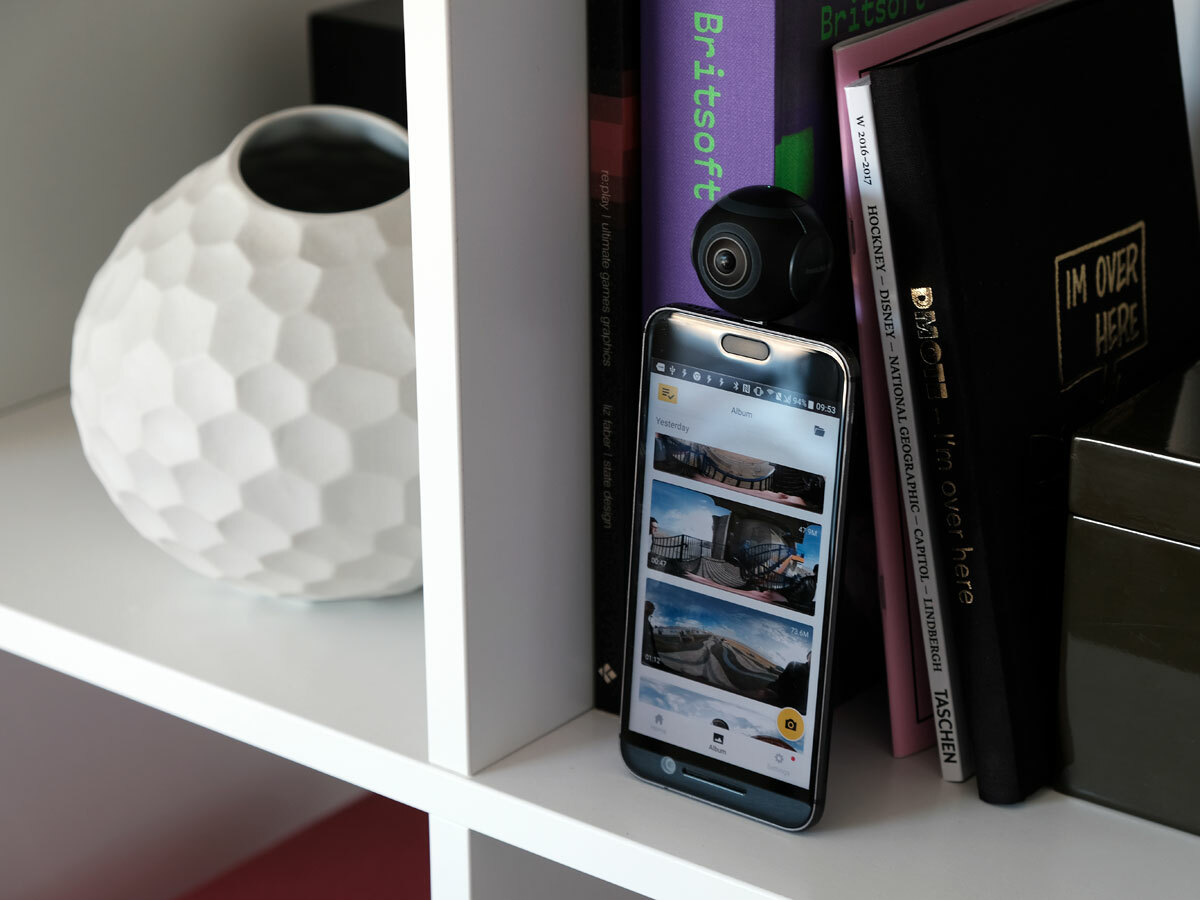
As I mentioned earlier, if there’s a five-star, 360-degree camera, I hadn’t seen it before the Air landed on my doormat – and I still haven’t.
The Air offers a level of performance similar to the Nano while offering slightly less in the way of usability (no button to trigger off-phone recording, for instance). That being said, it does make capturing 360-degree photos and clips (and sharing them, for that matter) pretty easy for Android users, which is all Insta360 ever claimed it would do.
If you’re looking for a compact, lightweight way to try your hand at VR video creation using your Galaxy S7 or OnePlus 3, I haven’t seen a better or more wallet-friendly solution than this.
Tech specs
| Compatibility | Android |
| Video quality | 2560×1280 at 30fps |
| Photo resolution | 3008×1504 |
| Maximum aperture | f/2.4 |
| Connectivity | USB-C or microUSB |
| Dimensions/weight | 37.6×37.6x 37.6mm/26.5g |
Stuff Says…
An affordable and user-friendly way for Android fans to jump aboard the 360-degree video train
Good Stuff
Simple operation
Lightweight, compact and sturdy design
Decent quality snaps and clips
Bad Stuff
Wobbly fitting on certain phones
Only records when attached to a phone



